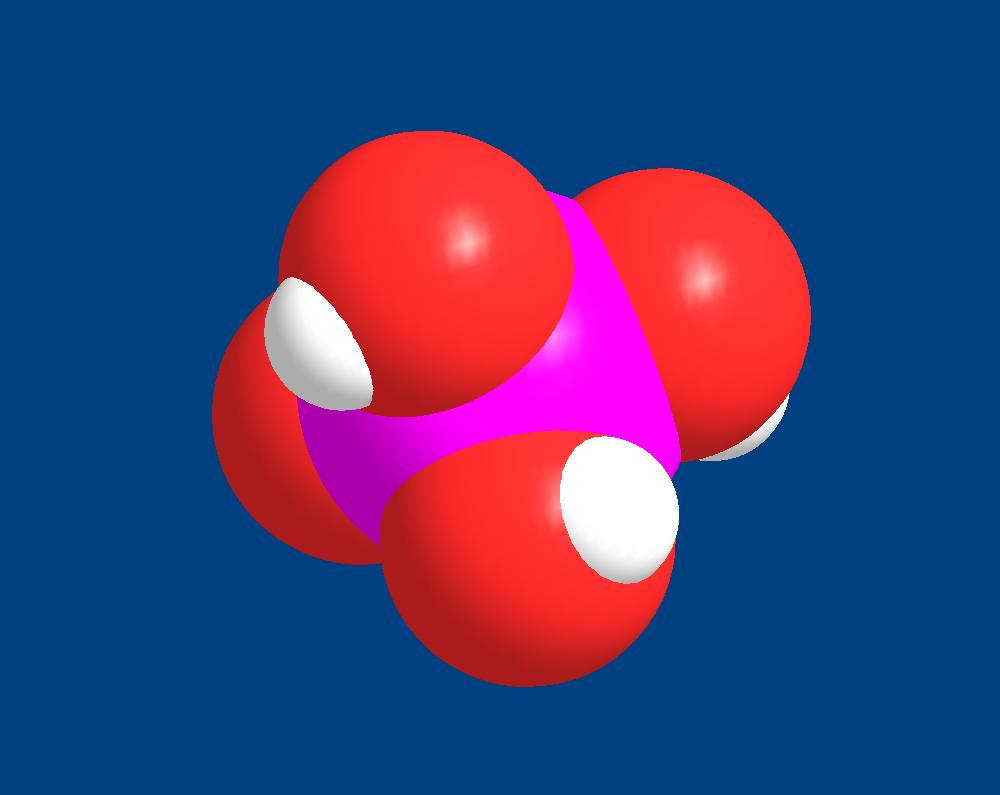Hi all,
After beating dinos a couple of months ago with the "silica method + blackout" I had finally a long period of stability and finally I can see some coral growth after 12 months of mistakes and instability.
After the last blackout my nitrates skyrocketed to 25ppm and PO4 to 0.14 ppm. Corals looked happy so I tried to keep it that way, and for that I had to dose NO3 (my tank consumes around 1-2 ppm/day). Phospates seemed stable without dosing. Then I started to see some kind of fuzzy red algae growth on the rocks and a small patch of dinos on the sand again.
No problem, increased silicate dosing to 1.5 ppm/day, did another 3-days blackout and all the algae is gone again.
This time I decided to not dose NO3 to avoid nuisance algae but nutrients kept dropping. Few days ago I had NO3 at 2 ppm and PO4 at 0.03 ppm (!!).
I don't know what to do now. Should I actively dose to keep NO3 around 5-10 ppm and PO4 around 0.1 ppm or just let the tank do its thing? I read many people keeping their nutrients this low, but with sps dominated tanks. Mine is still a work in progress with a mix of mushrooms, softcorals, lps and sps, so I fear that NO3 lower than 5ppm might be risky.
Nutrients in: I lost few fish recently so I have only 2 small fish (bicolor blenny and sixline) in 32g, and before adding more I need to QT newcomers. I feed a lot (daily 3/4 cube of homemade seafood blend and some kind of powder like reef roids from ARKA twice each week)
Nutrient export: I have my skimmer draining the skimmate back in the sump, no sock, and I keep trimming my fuge where there is tons of GHA, caulerpa and various unknown stuff. Maybe I should clean the fuge from nuisance algae to reduce nutrient export or reduce the fuge light cycle?
What would you do?
After beating dinos a couple of months ago with the "silica method + blackout" I had finally a long period of stability and finally I can see some coral growth after 12 months of mistakes and instability.
After the last blackout my nitrates skyrocketed to 25ppm and PO4 to 0.14 ppm. Corals looked happy so I tried to keep it that way, and for that I had to dose NO3 (my tank consumes around 1-2 ppm/day). Phospates seemed stable without dosing. Then I started to see some kind of fuzzy red algae growth on the rocks and a small patch of dinos on the sand again.
No problem, increased silicate dosing to 1.5 ppm/day, did another 3-days blackout and all the algae is gone again.
This time I decided to not dose NO3 to avoid nuisance algae but nutrients kept dropping. Few days ago I had NO3 at 2 ppm and PO4 at 0.03 ppm (!!).
I don't know what to do now. Should I actively dose to keep NO3 around 5-10 ppm and PO4 around 0.1 ppm or just let the tank do its thing? I read many people keeping their nutrients this low, but with sps dominated tanks. Mine is still a work in progress with a mix of mushrooms, softcorals, lps and sps, so I fear that NO3 lower than 5ppm might be risky.
Nutrients in: I lost few fish recently so I have only 2 small fish (bicolor blenny and sixline) in 32g, and before adding more I need to QT newcomers. I feed a lot (daily 3/4 cube of homemade seafood blend and some kind of powder like reef roids from ARKA twice each week)
Nutrient export: I have my skimmer draining the skimmate back in the sump, no sock, and I keep trimming my fuge where there is tons of GHA, caulerpa and various unknown stuff. Maybe I should clean the fuge from nuisance algae to reduce nutrient export or reduce the fuge light cycle?
What would you do?




















